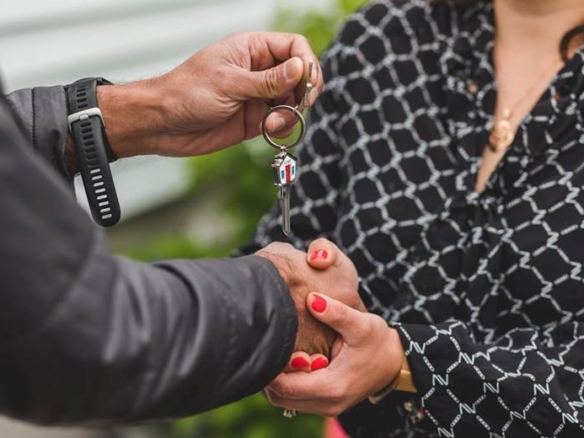Image by PhotoMIX Company on Pexels
First-time home buyers made up 45 percent of all buyers in 2022, marking an increase from 37 percent in the year prior. Despite last year’s affordability challenges, the sector seems optimistic about homeownership. Indeed, buying a home for the first time is an exciting milestone, but it’s also a financial commitment beyond the down payment or mortgage.
As a first-time homebuyer, you must understand the costs involved to ensure a smooth transition into homeownership. From one-time payments to ongoing monthly commitments, each expense shapes your overall homeownership experience.
In this article, we’ll discuss the ten most common expenses first-time homebuyers typically encounter. With insights into these key financial aspects, you’ll be better equipped to plan, budget, and make informed decisions throughout your journey to owning your first home.
1. Down Payment
Whether buying a home for the first or the nth time, the down payment is usually your most significant upfront cost. It’s generally around six percent of the purchase price for first-time buyers. A mortgage often cover the rest.
The percentage required varies based on factors like the type of loan and your creditworthiness. While conventional wisdom used to suggest a 20 percent down payment, several options now allow for lower percentages, making homeownership more accessible to many.
2. Closing Costs
Closing costs include a range of fees associated with finalizing the purchase of your new home. These fees include appraisal fees, title insurance, attorney fees, and various taxes. Closing costs usually run from two to five percent of the home’s purchase price. Budgeting for these costs, in addition to the down payment, is crucial.
3. Home Inspection
Before finalizing the purchase, a home inspection is strongly recommended. This expense covers a professional assessment of the home’s condition, identifying any potential issues, such as pest infestations, plumbing, or repairs that might be needed. While this isn’t a mandatory cost, it can be considered an investment, ensuring you’re fully aware of the property’s condition before you commit to it.
4. Appraisal Fees
Lenders require an appraisal to determine the fair market value of the home you’re purchasing. This step ensures the loan amount aligns with the property’s value. The appraisal fee is typically paid upfront and can vary according to the home’s size and location.
5. Mortgage Origination Fees
Lenders impose origination fees for processing and approving your mortgage application. These fees can include administrative costs, credit checks, and application processing. It’s essential to understand the terms of these fees and shop around with different lenders to find the best deal.
6. Private Mortgage Insurance (PMI)
Suppose your down payment is under 20 percent of the home’s purchase price. In that cas, your lender might require you to pay for private mortgage insurance. PMI protects the loan lender should you default on your loan. This cost is typically added to your monthly mortgage payments.
7. Homeowners Insurance
Image by Andrea Piacquadio on Pexels
Homeowners insurance cover property damages or losses, such as fire, theft, or natural disasters. Lenders usually require homeowners insurance to protect their investments. Note that homeowners insurance may not cover certain damages, such as those resulting from pest infestation. It’s best to discuss a policy thoroughly with your agent before paying for it.
8. Property Taxes
According to World Population Review, American households typically spend around $2,469 in property taxes yearly. The amount you pay depends on the local tax rates and the assessed value of your property. These taxes contribute to community services like schools, infrastructure, and public services.
9. Utility and Maintenance Costs
Some of your initial costs before moving into your new home are utilities, such as electricity, water, gas, and internet. Additionally, homeowners are responsible for ongoing maintenance expenses to keep the property in good condition. Budgeting for these costs is essential to ensure the comfort and functionality of your new home.
10. Furnishing and Personalization
After purchasing a home, you’ll likely want to personalize the space and make it your own. This can involve costs for furniture, appliances, home décor, and any desired renovations. Planning for these expenses can help you create a comfortable living environment that suits your style and needs.
Stay in Control of Your First-Time Home-Buying Costs
Buying a home for the first time involves a range of necessary expenses beyond the down payment and mortgage. From closing costs to ongoing maintenance fees, it’s crucial to be prepared for the financial responsibilities of homeownership.
Researching, budgeting, and understanding these expenses will ensure a smooth transition into your new home and contribute to your long-term financial stability as a homeowner.




